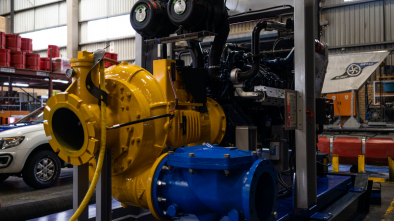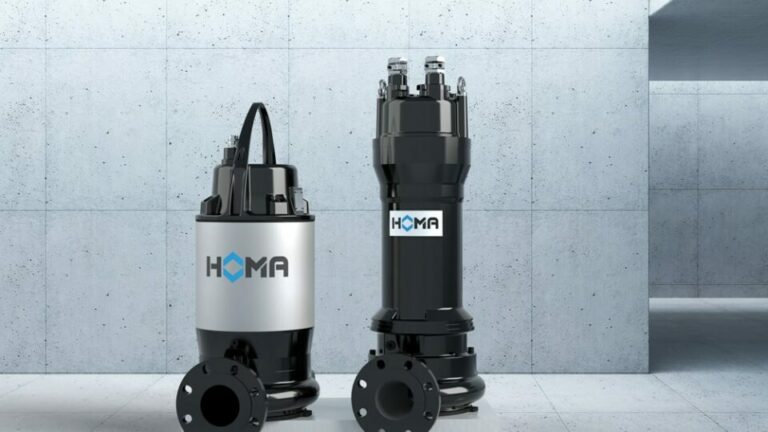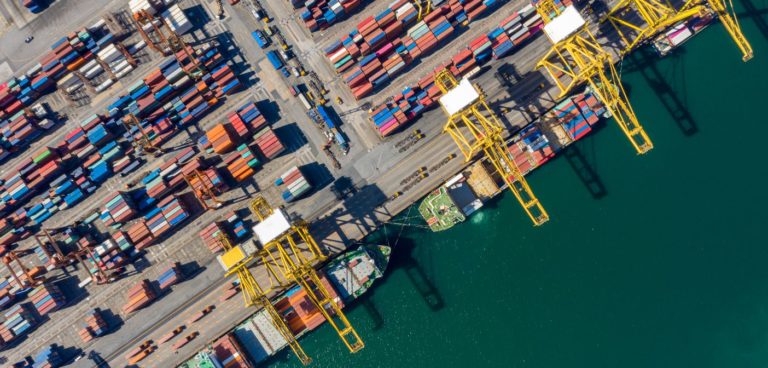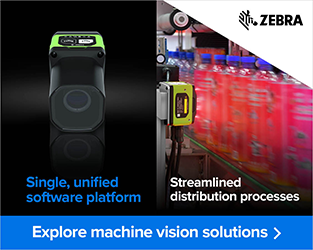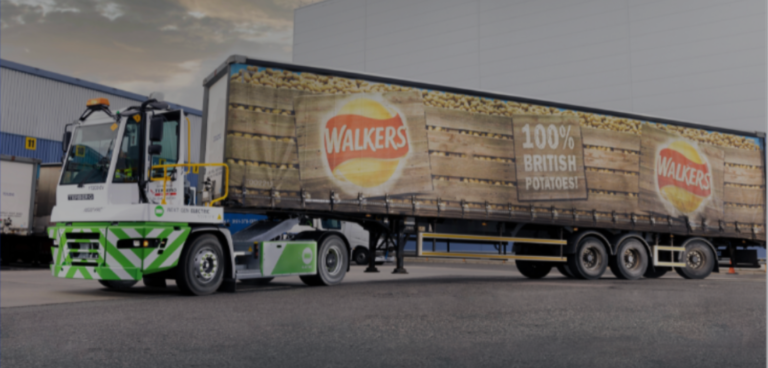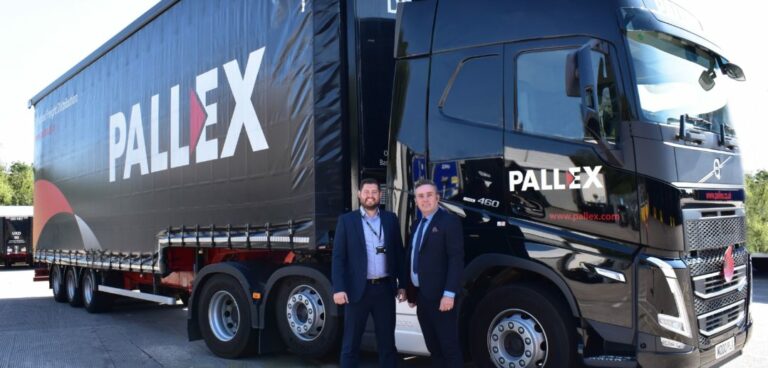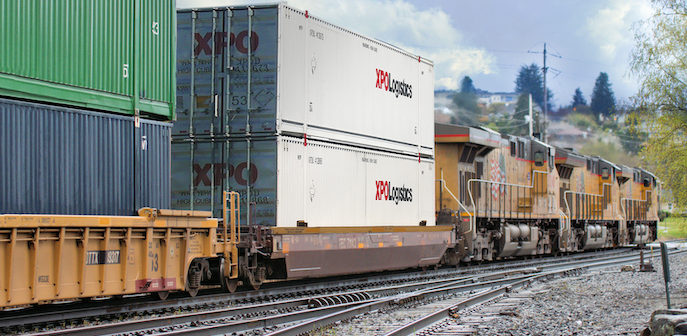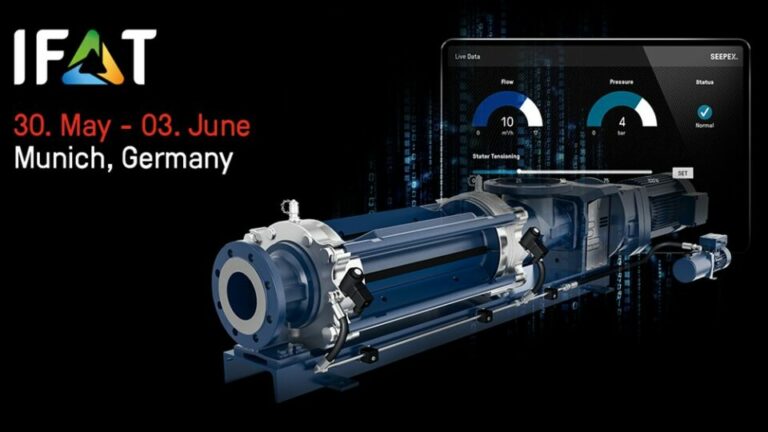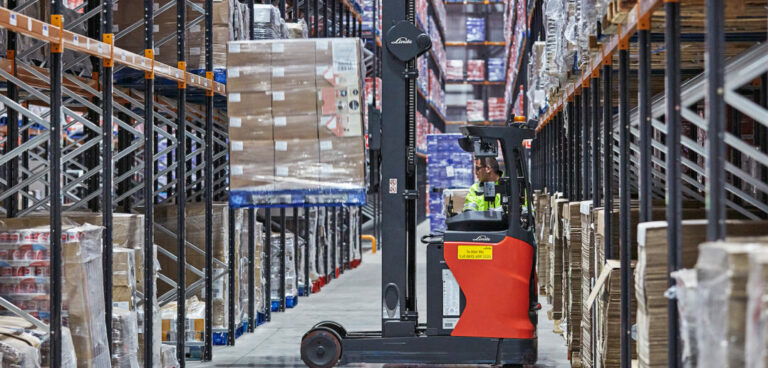Pump specialist and local Sykes distributor Integrated Pump Rental is breaking new ground for customers in corrosive environments, offering a pump solution that is built entirely from stainless steel.
According to Steve du Toit, rental development manager at Integrated Pump Rental. while the pumps themselves or pump components are commonly available in stainless steel, the market has not yet made something like this readily available.

“Our focus on specific customer requirements, built to order in our modern workshop, has led us to develop a fully stainless steel solution – from the tank and skid to the lifting frame and other components,” says du Toit. “We have seen a definite interest in the market for this build design, as customers see the value in having this corrosion resistant material in all aspects of the pump set.”
He notes that the initial interest has come from the mining sector, where mine water being pumped is often acidic. However, he expects further interest from the chemical and process industries where corrosive liquids are pumped and stored.
“The design is based on our ‘total solution’ approach, where we consider the complete application and its challenges,” he says. “While the upfront cost of stainless steel is obviously higher, the value gained by the customer in terms of longevity and reliability far outweigh this.”

Among the applications is open pit dewatering where there are low pH levels in the water, as well as coastal applications where salt water and air cause rapid rusting of mild steel. Integrated Pump Rental has already successfully placed a stainless steel unit in a coastal application, where it is performing well.
“Different grades of stainless steel are used in the design, depending on which components have the most contact with the acidic medium,” he says. “A range of materials is therefore employed to suit each application, and to achieve optimal performance at the most competitive cost.”
This custom engineering is made possible by the company’s range of technical skills and specialist experience that resides in its people. This in-house expertise includes draughting, fabrication and pump assembly, making use of coded welders and qualified boilermakers. Depending on the application, the stainless steel build can be supplied on a road trailer or with a site trolley.


